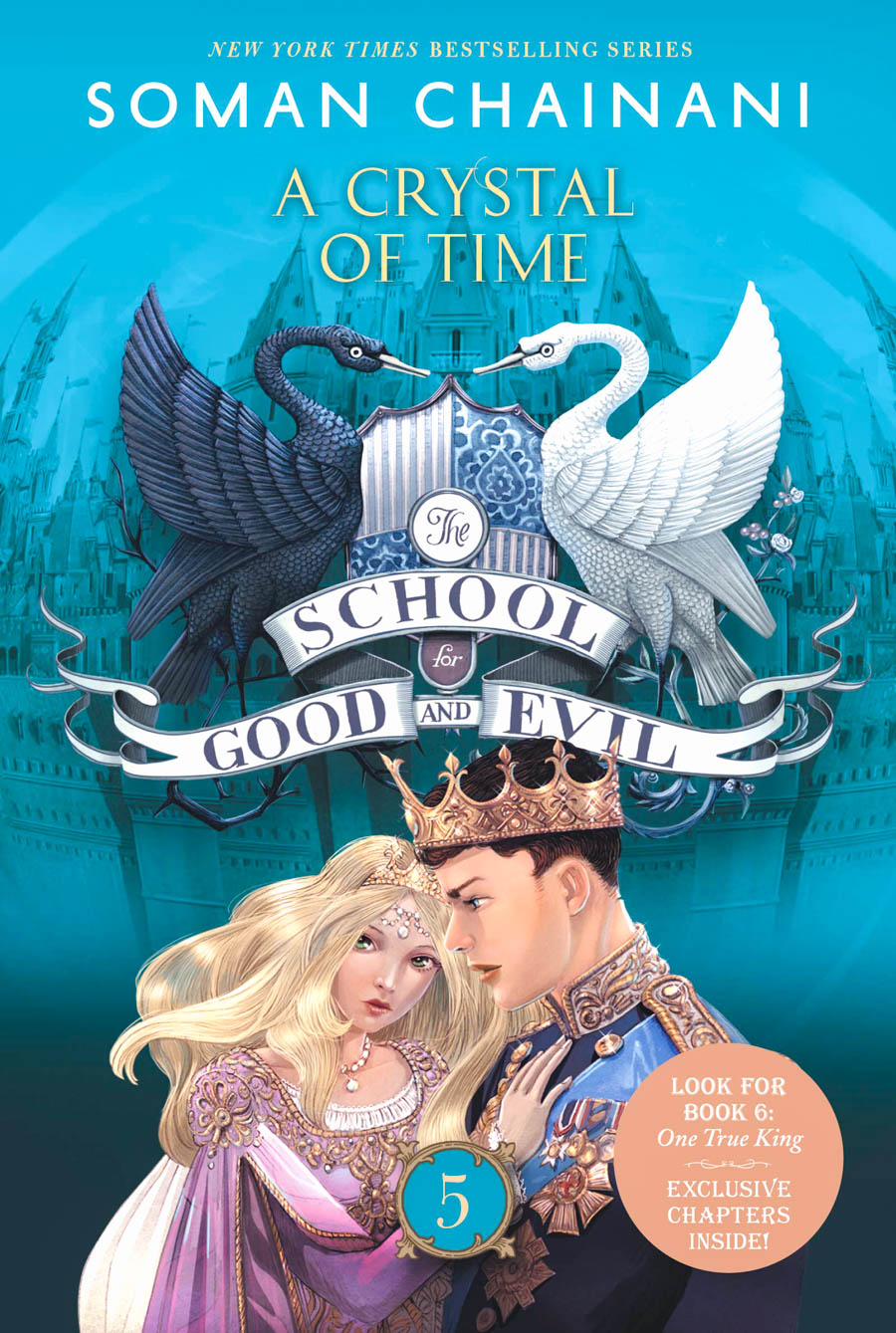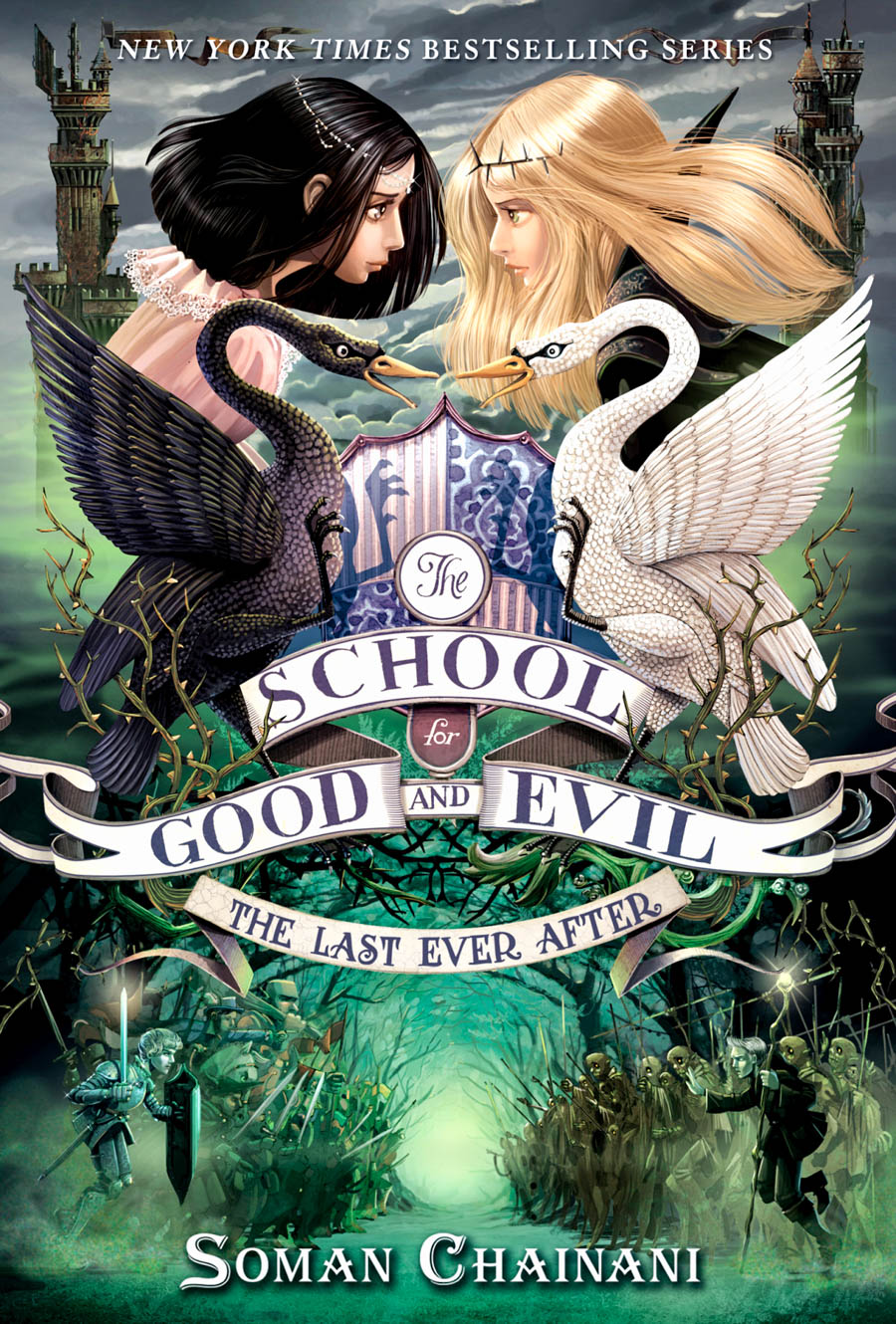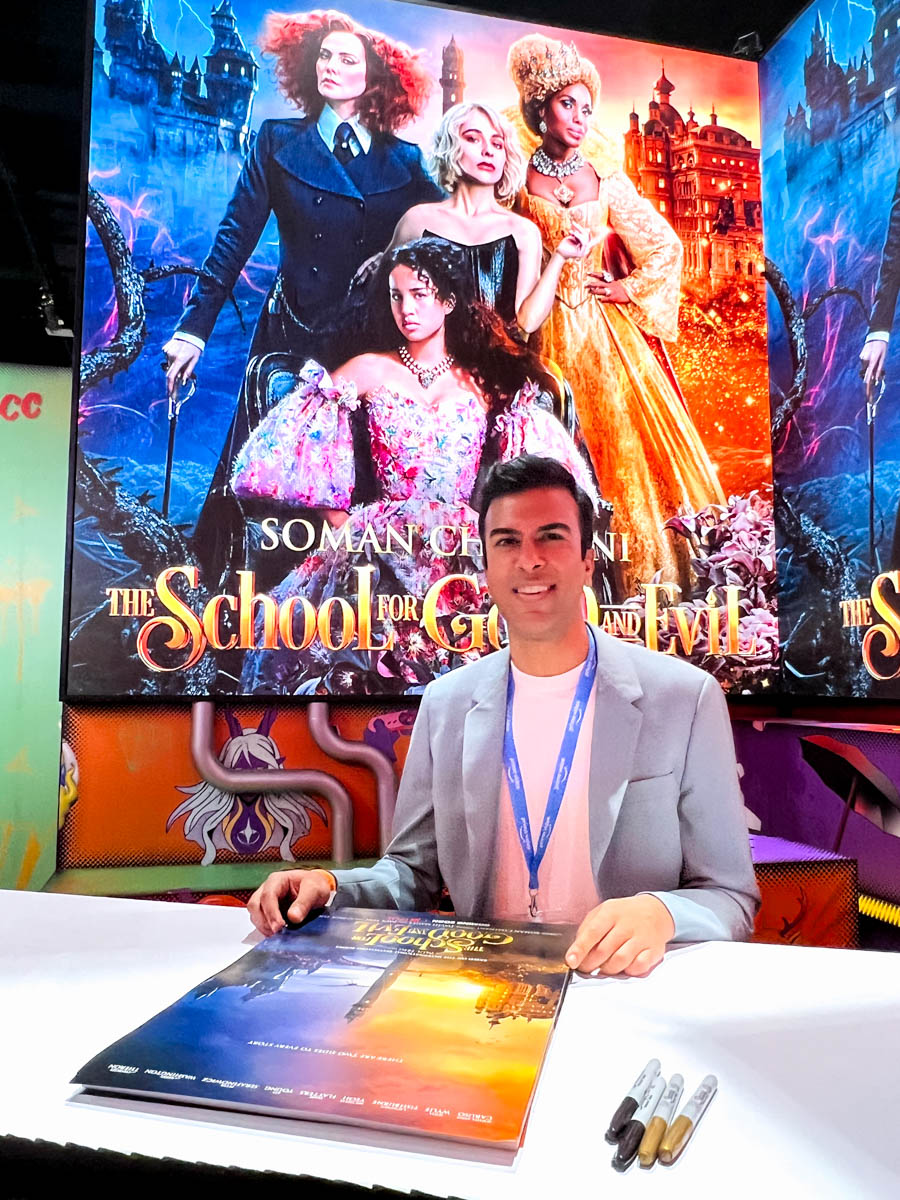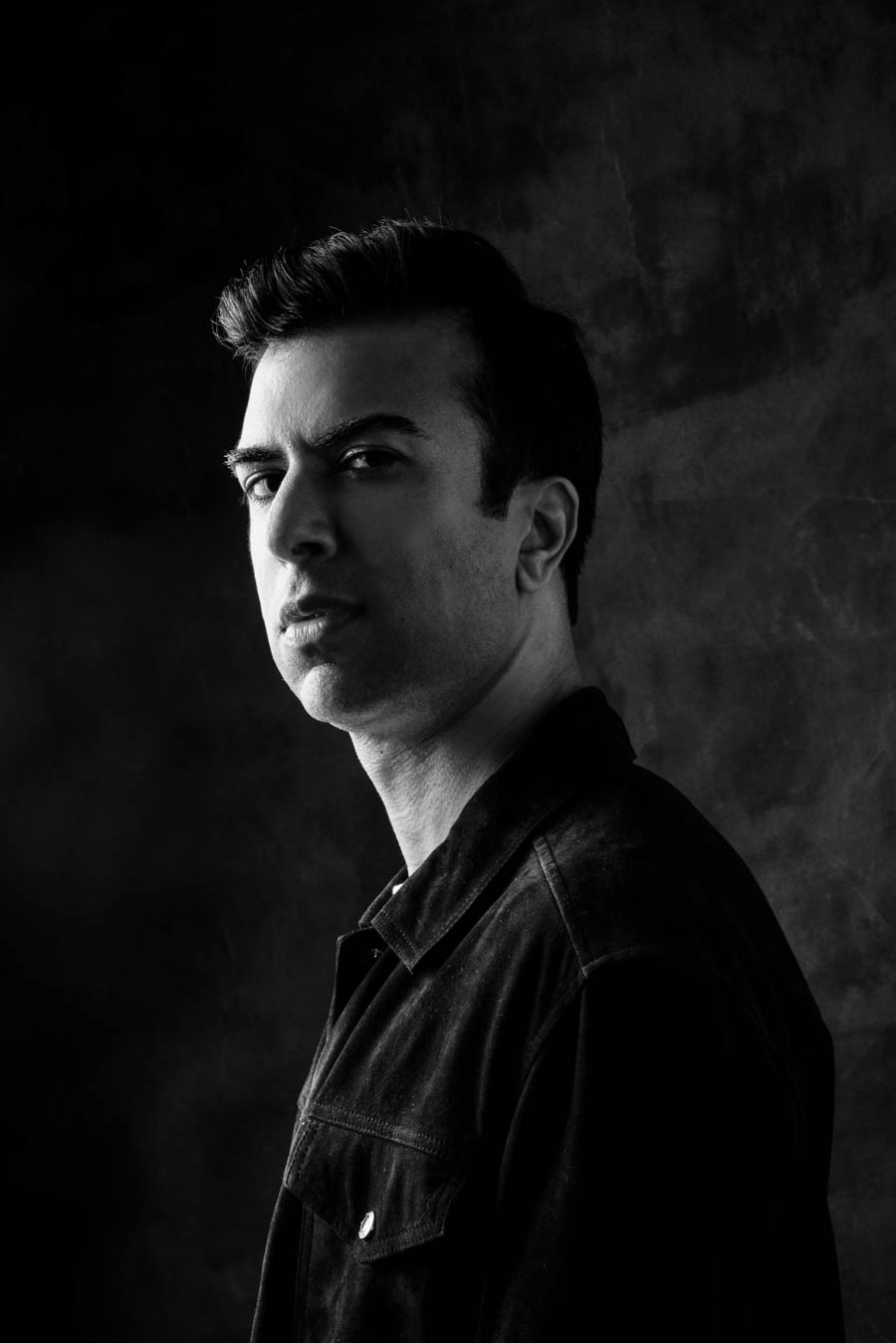Soman Chainani doesn’t take notes. The best-selling author and filmmaker, known for penning the young adult fantasy series The School for Good and Evil, which spans across nine novels and a hit Netflix adaptation, has been heralded as the king of the modern fairy tale. The School for Good and Evil universe includes over 70 different plotlines and 150 characters and yet? Chainani still doesn’t have a single note anywhere about the series. He couldn’t dig up a notebook or a map of the immense world that he’s created from the depths of his office if you asked. In fact, Chainani rarely even thinks about his books when not physically sitting at his desk typing away.
At first, this approach might seem disingenuous. An author who doesn’t even take notes? If you get to know Chainani, however, you’ll soon see that it’s not an act, but instead a reflection of who he is as an artist.
Chainani grew up in Key Biscayne, a self-proclaimed “Disney kid” in one of the area’s few families of Indian descent. The animated fairy tales of Walt Disney Studios filled his young mind with a passion for storytelling, which he took with him to Harvard University, where he studied English and American literature. “I remember watching these movies and thinking that while I loved them, two things struck me. One was that I found the villains much more compelling than the heroes and the other thing was that I’d started to learn about some of the original stories and they never matched the Disney versions,” says Chainani. “My freshman year I ended up in this seminar on fairy tales and I remember being so intrigued by the history of fairy tales and their darkness and why they were told in the first place, which is that they were meant to be these kind of survival guides to life for teens and children way back when they were expected to fend for themselves. I kept thinking that they were the more interesting versions of the stories and that Disney had sort of sanitized them to create this myth of happily ever after which wasn’t true in the original stories.”

The idea of a more balanced fairy tale, where “the villain had just as much a chance to win as the hero” stayed with Chainani after he graduated in 2001. After he worked as a screenwriter and tutor, two experiences which pushed him toward working on the novel that eventually became the best-seller The School for Good and Evil. As a screenwriter, Chainani struggled with the constant notes on his work from Hollywood executives. He felt that the creative vision for his stories was being whittled down to the point that his work was no longer his own. “I remember when I wrote The School for Good and Evil, the why was that I wanted to create something that no one could mess with. I wanted to do something that was 100 percent me. I went into it with this vengeance of 'I’m going to write something that I don’t think could ever get published cause it’s gonna be so different than any kids book out there.' It’s going to be edgy and strange and hard-hitting and the villains are going to win and it’s just going to be crazy,” says Chainani. “It was almost just me writing it for myself. It felt like a fever dream, I was so angry after having to listen for so many years to all of these things that were watering down the vision, that I just wrote something that was very much me. Ironically, that’s what ultimately made it successful, the fact that it stood out because it didn’t look like anything else.”
It was the nearly 11 years Chainani spent working as a tutor, however, that gave him an insight into the psyche of teenagers—his future audience. In nearly all of Chainani’s books, the adolescent characters are left to their own devices—their parents vanish and many of the adults around them are inherently untrustworthy or at the very least, unreliable. It harkens back to what Chainani believes fairy tales were always about, “Just kids stuck in the woods trying to figure things out.” As a tutor, Chainani saw what young readers needed—a path through the dark woods of adolescence. “I still get the sense, that even though they are in this generation where parents are even more present than ever, that they feel more alone or at least just as alone as they ever did, because of the progression of technology and how fast things are moving so that parents can’t even keep up,” says Chainani. “It just feels like every generation feels like they’re lost in the woods. What the woods actually are changes, but the importance of being able to translate fairy tales for new generations holds every single time.”

This is where we come back to Chainani’s writing style. He writes about kids in the woods, not only because he once was a kid in the woods, but because in many ways he still is—an intrepid explorer hacking through the thick undergrowth of creativity with his pen, carving out sentences and plotlines like trails in a dark forest, searching for a sign of light. He finds writing to be an utterly subconscious process, it’s the reason he doesn’t have notes or maps or outlines as the work comes from some spring of creativity nestled deep inside the recesses of his mind. “The only time I think about my writing is when I’m working on it. I think it’s because I trust that it’s 100 percent unconscious and subconscious and that there’s nothing I have to physically do except show up and find my way through the woods,” says Chainani. “That’s what it feels like with all of my books—I just kind of wander through and shape it and see where things take me and eventually it kind of works itself out. It’s a very strange way of writing, but I guess it’s the only way I know how.”
For Chainani, it’s a timely process and not one that he has utter control over. Ever since the release of The School for Good and Evil, Chainani has been pigeonholed as “the fairy tale guy,” both by the literary world and admittedly, by himself. “I assumed that I would just take pots of money to write more fairy tales, kind of become the Rick Riordan of fairy tales the way he does Greek mythology. I was going to do a whole universe planned in the Peter Pan world for Neverland,” says Chainani. But his brain, and perhaps more importantly his heart, had other plans. “I worked on it for two days. I remember waking up on the third day and deleting all of it and having this realization of “Oh no. I’m not in charge of my own career. In the same way that subconsciously I don't get to control what’s happening when I’m writing, I don’t get to control what I write.”
What he is in charge of, however, is figuring out his why—and then listening to it. Why is he writing? Is it for fame or money or is it for something deeper? Whereas Chainani’s initial reason for writing The School for Good and Evil was in large part a need to write his own story, to maintain his voice throughout his work, his why now looks a little different. “What makes me write now is the challenge of picking a subject or a story that I almost think is unachievable and seeing if I can pull it off,” he says.

Chainani’s reinvigorated sense of why is what is driving him towards the impossible in his latest venture—creating a new genre of young adult fiction. The book, which is still being written, looks to blend visuals and prose to create a sort of “alternative history textbook of modern times.” Somewhere within the pages Chainani will weave in the plot lines of a global thriller. It’s still a work in progress. “It’s impossible and I bang my head against the computer every day, but I’ve been working on it for about 18 months and little by little, I’m like ‘Oh, now I see what I’m doing.’ It’s how I felt with the first The School for Good and Evil book—I’m trying to express something that I feel like is needed and just doesn’t exist,” says Chainani. “Reading habits are changing and kids’ relationships with books are changing and you have to try to break the system a little bit. It’s the same thing as when I was writing the first School books, I was trying to break this monopoly that Disney has on the way that we think about fairy tales.”
In November, Chainani will come to Sarasota for the Sarasota County Library’s Off the
Page literary celebration, a festival connecting readers, writers and authors alike. Once there, Chainani will invariably ask attendees the question he poses to everyone he speaks with from emerging writers to high school students, the question that has helped him most in his career. He will ask them why? SRQ Soman Chainani will be speaking at the Shannon Staub Library in North Port, FL on Thursday, November 7, 2024 at 6pm.










